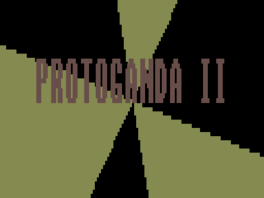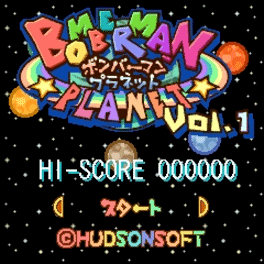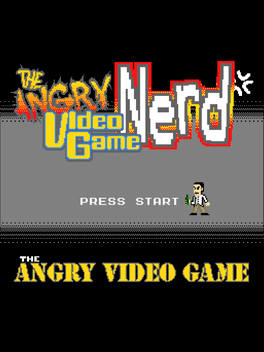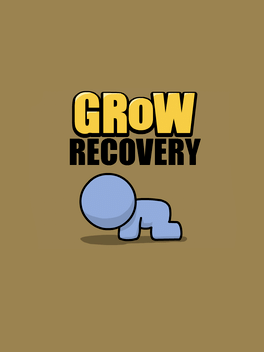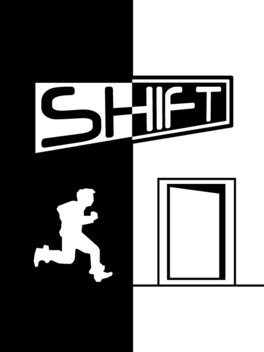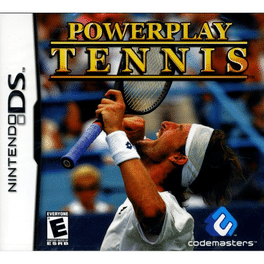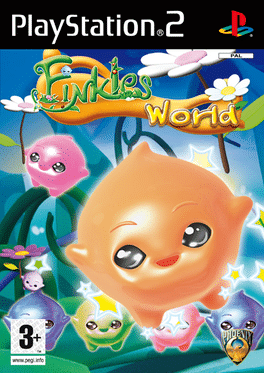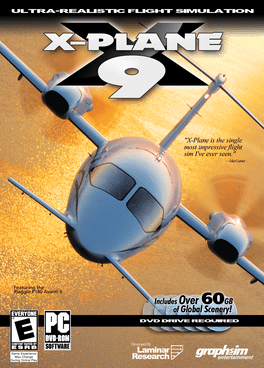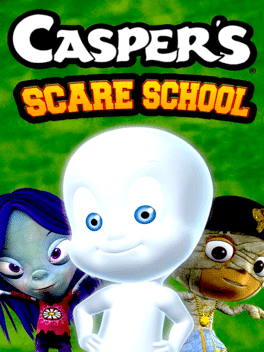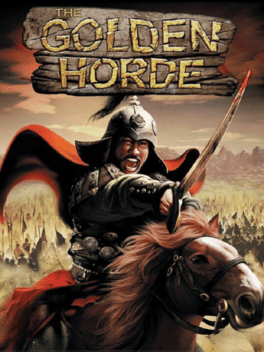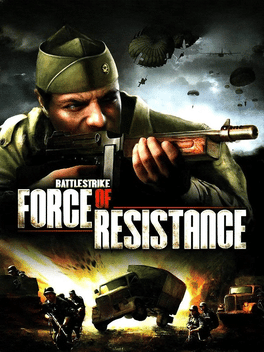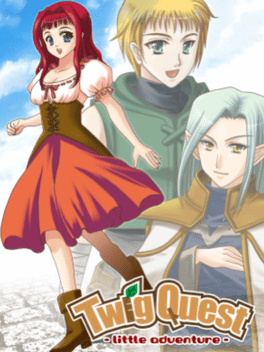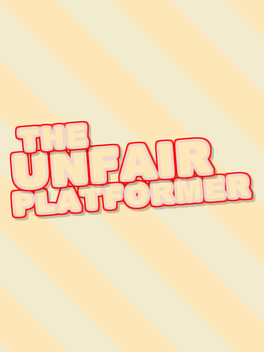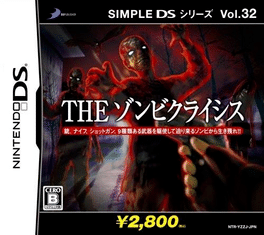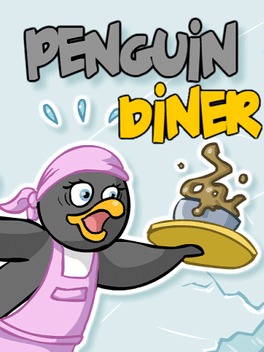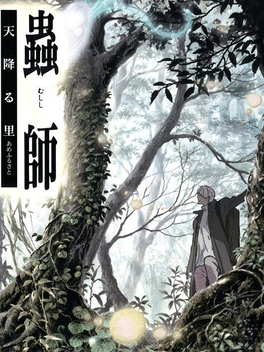New Games - Page 10006
-
Protoganda II
2008
Protoganda II
2008
Protoganda II is a shoot 'em up game and a sequel to Protoganda: Strings, with retro-styled graphics. The player controls a small spaceship which faces a number of powerful battleships, one by one. Each enemy ship keeps rapidly changing its shape and rearranging its elements, all while firing relentlessly. The player must shoot off parts of the enemy ship while avoiding enemy gunfire and flying debris. -
The Angry Video Game Nerd: The Angry Video Game
2008
The Angry Video Game Nerd: The Angry Video Game is a retro-styled platformer based on the Angry Video Game Nerd comedy web series. The premise is that the angry video game nerd is playing a bad NES game - starring himself! The game features original commentary by AVGN creator James Rolfe, commenting on the game action as you play. The game consists of eight themed levels with their own bizarre enemies and hazards, each one ending with a boss battle. The fourth and eight stages differ from the rest by instead being scrolling shoot 'em up rather than the regular platforming gameplay. The nerd has an infinite supply of empty beer bottles which can be thrown either forward or in an upwards arc. You can also roll by pressing down, even while jumping, which makes you a smaller target but you can't shoot while rolling. Defeated enemies will sometimes drop exclamation mark items which refills some health, or even more rarely an extra life item. Dying will send you back to the last checkpoint. You start with three lives, -
Grow Recovery
2008
-
SHiFT
2008
SHiFT
2008
Is the floor the roof? Is the roof the floor? And whats with that in game timer? Find the answers to all the above questions and more in this original puzzle platformer! -
Coil
2008
Coil
2008
Coil is an experimental "autobiographical" game that plays out more like a song or painting then an actual "game". I was basically trying to create an experience that put the player into an open minded space and let them question not only what the game was about, but what a game can actually be. -
Power Play Tennis
2008
-
Finkles World
2008
-
X-Plane 9
2008
-
Casper's Scare School
2008
Casper Scare School -- Classroom Capers is based around the movie "Casper Scare School" featuring Casper the Friendly Ghost. Casper visits Scare School with a cast of spooky "children" that includes as Thatch the Vampire, Mantha the Zombie and Ra the Mummy. The game also includes a lot of the original music and speech from the film. The simple but innovative touchscreen gameplay is easy to pick up and is divided into 24 increasingly difficult lessons in Science, History and Gym that Casper must pass in order to get the grades necessary to graduate from Scare School and win the game. -
The Golden Horde
2008
The Golden Horde
2008
star 5The Golden Horde is a real-time strategy game, based on events that took place in Central Asia, Russia and western Europe at the beginning of the XIII century. -
Battlestrike: Force of Resistance
2008
Battlestrike: Force Of Resistance is an Action game, developed and published by City Interactive, which was released in Australia in 2008. -
The Unfair Platformer
2008
Who said platform games had to be nice and fair? Time for a little change. Arrow keys to move, try get through all the levels. You don't have lives, but it records how many you lose. You will lose a lot, the game is pretty hard, so try not to get too mad on the first level. And yes, the game is possible. -
Simple DS Series Vol. 32: The Zombie Crisis
2008
The Zombie Crisis is an Action game, developed by DreamFactory and published by D3Publisher, which was released in Japan in 2008. -
Simple DS Series Vol. 31: The Chou-Dangan!! Custom Sensha
2008
The Chou-Dangan!! Custom Sensha is an Action game, developed by ThinkArts and published by D3Publisher, which was released in Japan in 2008. -
Penguin Diner: Restaurant Dash
2008
Penny the Penguin goes off track during an Antarctic trek and finds herself completely lost and broke. Help Penny earn enough money to get her home to her family! -
Mushishi: Amefuru Sato
2008
Mushishi: Amefuru Sato is a Nintendo DS game based off the anime Mushishi. -
Houkago Shounen
2008

